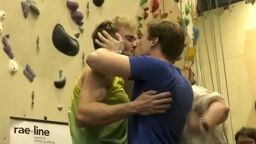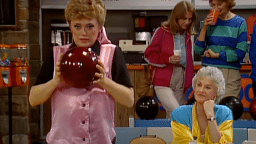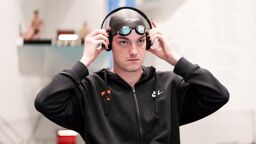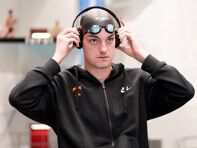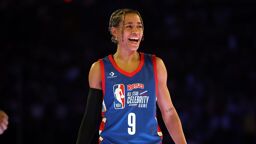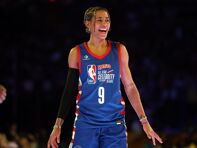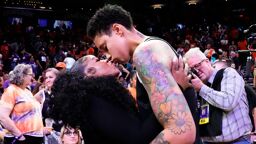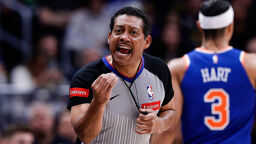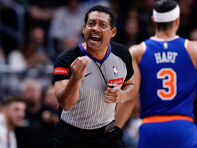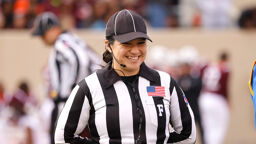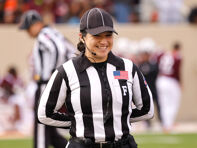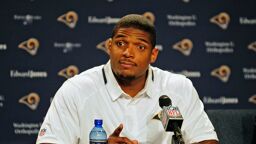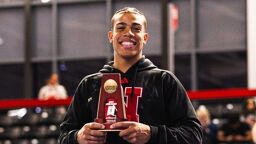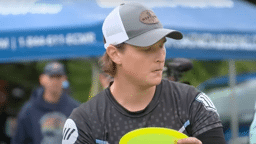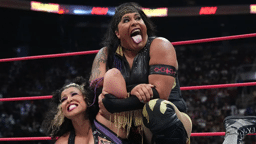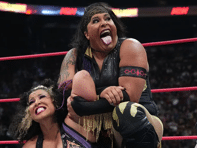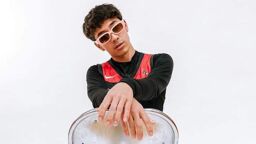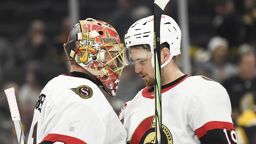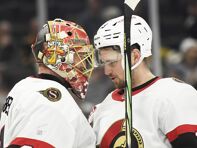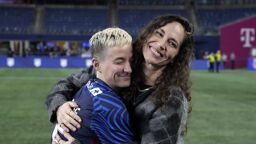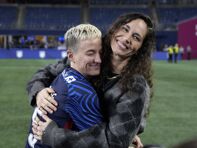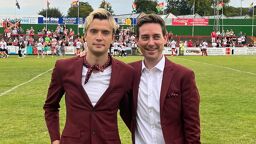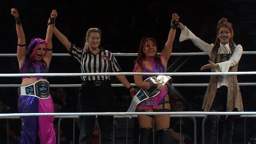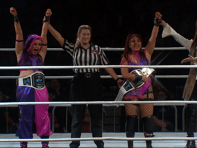(This story was published in 2005).
By: Eric Anderson
This book, “In the Game: Gay Athletes and the Cult of Masculinity” is a product of six years of research. It began as an investigation of the experiences of 30 openly gay high school and collegiate athletes in 2000.
The results of this research were very surprising. Whereas I expected most of their stories to reflect extreme marginalization, violence, and rejection, I did not hear this. Rather, their stories were similar to Corey Johnson’s coming out experience. These athletes were not harassed, they were not beat up or driven away from their teams. This, of course, beckons the question, as to why so few gay athletes come out in high school and college and why none have come out while actively playing at the professional level. The next phase in my research set out to examine and answer these questions.
We have all engaged in the “why gay athletes don’t come out” discussion. We certainly know that they exist, Billy Bean and Esera Tuaolo prove that. Common sense answers include that they are afraid of losing sponsorships and that they are afraid of increased illegitimate violence. We have heard from some homophobic athletes that sport would not tolerate them, and that they aren’t wanted there. How true is this? Are they unwanted? Would they lose sponsorships? I set out to examine these questions.
The answers (found on the pages of my book) clearly shows that gay athletes would receive much more support after coming out than objection to their coming out, and that most professional athletes just wouldn’t care. I show that not only would openly gay athletes retain their sponsorships (if they had them in the first place), but that they would actually gain a number of sponsorships as well. More so, I show that a fledging career could be transformed by the simple proclamation of, “I’m gay.” For example, why doesn’t a third-rate benchwarmer, someone who has spent his career shuffling between the minor levels and the major league bench, come out? Why wouldn’t a sponsor-less, no-name athlete, come out? Imagine the publicity. Talk show interviews, book contracts, a plethora of sponsorship offers, perhaps even a movie deal too. Who wouldn’t want that? The answer is that saying, “I’m Gay,” is not so easy for these men. It is this answer that is spelled out in the pages of my book.
In short, I investigate why coming out is so difficult, even when all the variables suggest that coming out could be good for one’s career, or profitable financially. Why do collegiate athletes fear coming out even when they have openly gay teammates that are revered on their teams? What factors could prevent Billy Bean from attending the funeral of his dead lover, in order that he might play a baseball game? The answer, I discovered, lies not in homophobia, but in masculinity.
Throughout the pages of my book, I show that athletes are socialized into a very narrow arena of masculinity. The expectations for these athletes, the norms for this setting, and the punishment that is delved out to those who do not follow the norm is so extreme that I have called it a cult of masculinity. In order to be promoted from one level to the next, athletes must adhere to the ever increasing mandates of this form of masculinity; they must follow the rules or lose their playing positions, and blow their chances of making it to the next level. Additionally, the higher an athlete makes it in sport, the more segregated he becomes from non-athletes, the more time he finds himself trapped in the workings of the team, and the more his identity is solidified as an athlete. Athletes in college, for example, work out together, eat together, live together, take classes together, travel together, have parties with each other (and yes, often have sex with each other).
Their lives, in many senses, are similar to those of prisoners, and the higher they make it in the world of sport, the more true this becomes. The longer they are in sport, the more they fear being perceived anything but an athlete—anything but masculine. It is this fear that keeps closeted athletes like Terry, who long ago retired from the NFL, from coming out. It is this nexus, the relationship between sport, men, masculinity and homophobia that this book explores. It is, in this aspect, groundbreaking research, because it shows us that the answer to the problem of gays in sport is not solved simply by reducing homophobia in the sport setting. It is, unfortunately, much more complicated than that.
“In the Game: Gay Athletes and the Cult of Masculinity” is written to explain this complex situation. Each chapter begins with a detailed story of one athlete’s experience, much like the stories in Dan Woog’s “Jocks”, but the rest of the chapter explains their situation more thoroughly. Included in the book you will also find survey data of attitudes of homophobia among NFL players, rates of same-sex sexual activity among NCAA Division I team sport athletes, interviews with closeted professional team sport athletes (like Aaron, a closeted, Stanley Cup ring-wearing NHL player), as well as interviews of sport agents (like Leigh Steinberg). There is also a chapter for gay athletes and coaches on “how to come out to your team.”
This chapter builds on the athletes experience in the book, and literally spells out for you a systematic approach to influencing a more successful coming out experience. Finally, you will find many answers to the questions surrounding the relationship between gay male athletes and sport, and hopefully you will be inspired to come up with some new questions yourself.



